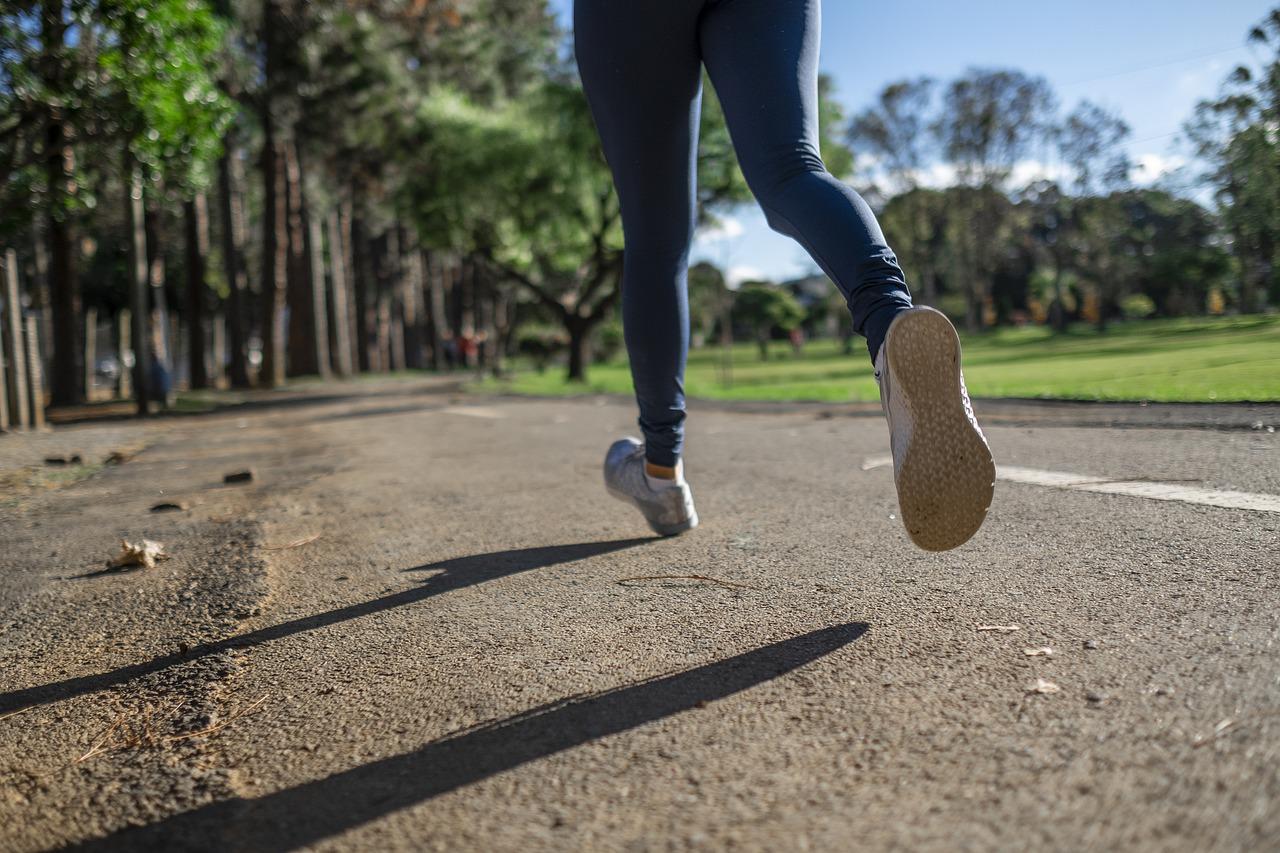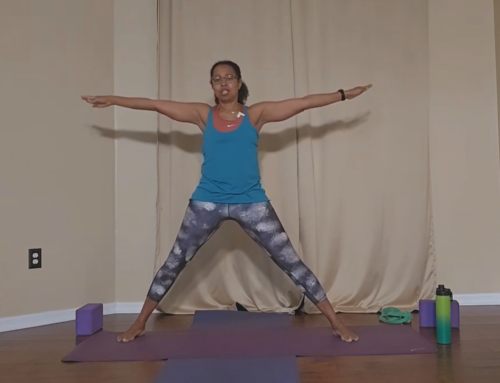Walk vs Run Technique
For those of you who are thinking about getting ready for 5K’s and other races that happen in the fall, or if you just want to get back to walking consistently, some tips can be helpful for both walking and running.
Having the appropriate footwear is a must. Choose footwear according to the activity and your specific needs. If you pronate or supinate, you want to be fitted with shoes that will help correct the imbalance. Pronation is when your weight falls more on the inside of your foot. It often makes the arch of your foot flat. Supination of the foot is just the opposite; it’s when your weight rolls to the outside of your foot. If you distribute your weight evenly on the ball and heel and your feet, not rolling inside or outside, your feet are in neutral alignment. You can often tell by how your shoes wear out if you pronate or supinate.
Going to a specialty store, the sales rep can likely help you select the proper shoe. Also, keep in mind, that if you do a lot of walking and running, you may need to replace your shoes about every six months, or every 300 – 500 miles.
When walking or running, alignment is important. Stand tall. One running coach told me years ago to lift my chest toward the sky. Whenever you think of that cue, it will help you keep your head lifted and your body more erect.
As science evolves, recommendations for correct body mechanics can change. This has been the case regarding walking and running. Heal striking used to be the preferred method for both. A heel strike means the heel of your foot hits the ground first. When walking, a heel strike is still recommended by many. That’s how we coach walking in the SilverSneakers program. Encouraging heel striking is useful for fall prevention because it helps to keep you from dragging your feet. However, some experts disagree. With that said, when walking with a heel strike, I caution against walking with a big stride, as the impact may cause stress to your hips and knees.
Hip and knee is the reason heel striking is no longer the recommended technique for running. Although competitive short-distance sprinters may object, for longevity and injury prevention, most experts agree that runners should strike midfoot. To strike midfoot land on the ball of your foot just above your arch. You may have to shorten your gate to do so.
An exercise science instructor at USF, Mo Chiodini, describes running as a “controlled fall”. Using the midfoot strike, she says “Allows better compression, and the compression is better absorbed so that it’s not a crushing blow to your knees and your hips, which is what you do when you land on your heel.”
For tutorials about midfoot strike running, search for Physical Therapist Steve Gonser and look for his RunSmart Online program.




Leave A Comment